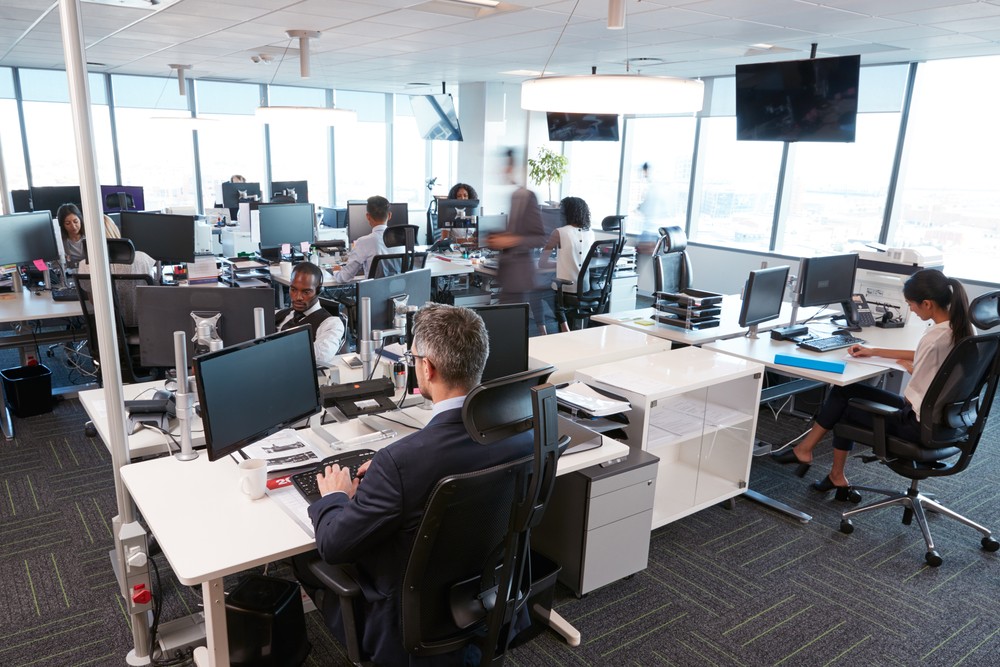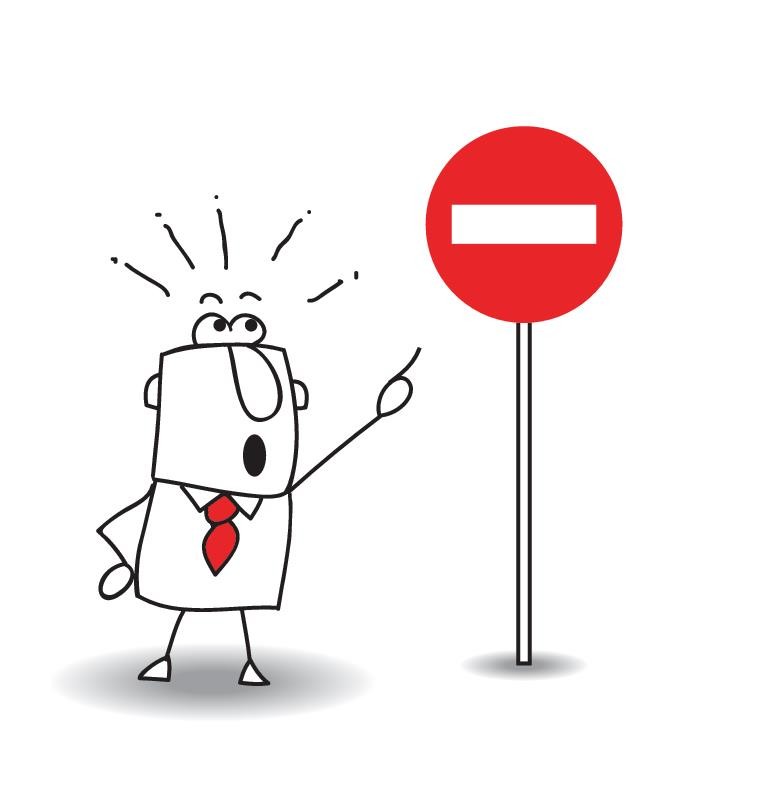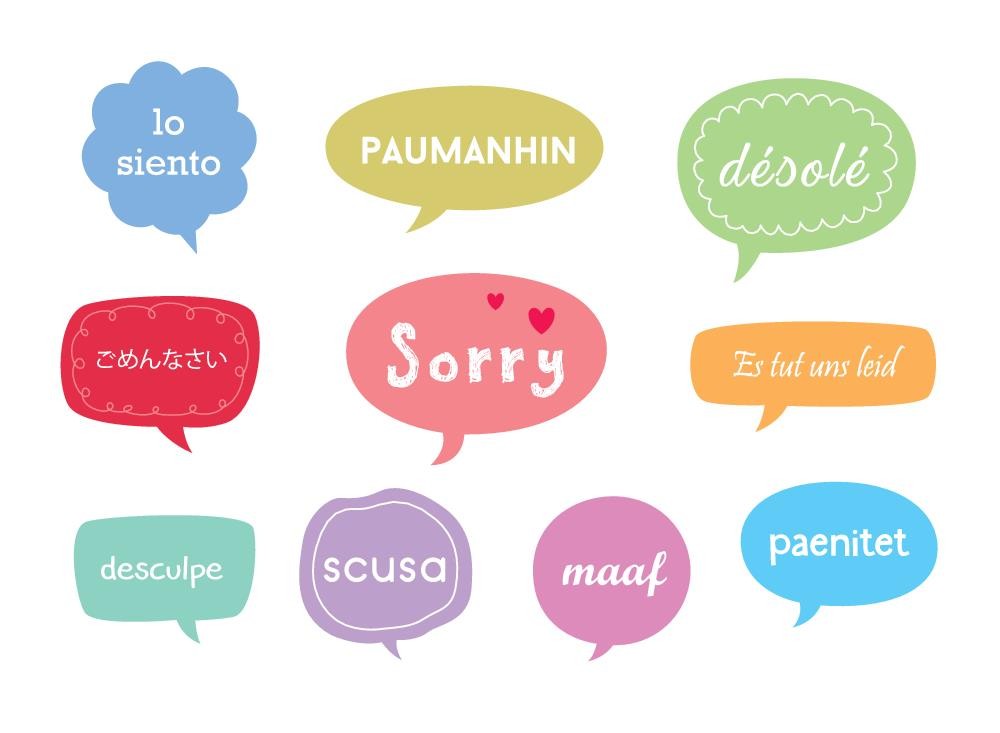
There is an ongoing debate about the pros and cons of open offices. Some research indicates they are a playground for collaboration, innovation, creativity and camaraderie where ideas flow and problems get solved quickly. On the other hand, newer studies suggest that open offices are a distracting environment, detrimental to productivity and a source of stress, conflict, and turnover. More than ever people in open office environments seem to avoid one another, isolating themselves and using instant messaging or email to interact.
The open office environment began with good intentions, but it is full of distractions and can become a daytime nightmare. People talking while you are on the phone, noisy background when you need to focus, co-workers having loud conversations, people laughing, coughing, screaming, cell phones constantly chirping … Staying focused in a noisy open office is a real challenge.
As companies increasingly adopt an open layout, it is important to develop survival strategies in order to stay productive while avoiding tensions. Here are some suggestions:
Have a team talk
Have a conversation with your manager and your team about how you can all work optimally in an open office. Define together some “agreed-upon” rules and norms. For example:
- When one colleague is on the phone, the rest will speak with a low voice.
- When the phone rings, the conversation stops.
- Speakerphone conversations should be done in conference rooms.
- Moving to a different environment when sharing and collaborating.
- Establish a “earbud code” to signify the level of focus.
- Use "Library Rules".
- …
Have dedicated "Quiet" Space
Once in a while it’s good to get away to a quiet place within your workspace. Quiet rooms have grown so popular, some companies incorporate dedicated "Private work rooms" within their office layout. While empty conference rooms make for a great quiet space, they are not always available. Investigate and identify private spaces in your office where you can isolate yourself, to be alone and silent, somewhere you can think and focus free of distraction.
Have a dedicated "Collaboration" Space
When it’s time to collaborate or brainstorm, moving to a different environment can help shift gears. Delegate a larger central “community” table where conversation and ideas can flow freely. And encourage co-workers to go there when chatter amongst neighboring desks begins.
Create a “Virtual Wall”
Use signs and signals —If you frequently require uninterrupted periods of time with which to complete your work, consider making some kind of sign or signal that serve as a visual cue to your colleagues that you’re not to be disturbed unless it’s absolutely necessary.
Purchase a set of noise-canceling headphones – for those times when you are working on something that requires concentration. You can listen to white noise or classical music or whatever it is that helps you feel and perform at your best. The best sounds for concentration are natural and unpredictable. Ambient electronic music tends to work well at blocking out noise yet it doesn’t create a distraction.
Use a common code for headphones – Earphones serve as a visual cue to your colleagues so they do not bother you unless absolutely necessary. Have a common "code" that symbolizes the unavailability.
Example:
- Two earpieces mean "Leave me alone. I'm focusing. "
- Only one earpiece means "Ask before interrupting me. "
- Without earphones means "You can interrupt me"
Reserve a “Do Not Disturb” block of time
Trying to get things done and simultaneously be available for others imposes a heavy “cognitive load”. To counteract this, set aside a block of time every day when you’re not to be disturbed so you can concentrate on your work without distraction and focus on your top priorities. You can go to the "Quiet" space or put on your headphones. You can collaborate with and help colleagues during the rest of the day.
Be green
Well-placed plants have proven effective in reducing noise levels in an open office setting. The larger the plant, the bigger the impact - not to mention the appeasing benefits and overall impact on air quality.
Raise the issue with tact
When the “agreed-upon” rules and norms are not followed don’t suffer in silence, but don’t snap by screaming “Can you just shut up” either, try a gentle:
- “Can you take it down a notch please? "
- "Please keep it down. I know you probably don't realize it, but it's really distracting."
- "I’m having trouble concentrating while you are talking. I’d be so grateful if you could take the conversation down the hall."
.. most of the time, people don’t realize how loud they’re being, and they'll probably appreciate a gentle reminder. Do it with a smile, and in just about every occasion, no one will get offended. Be direct and diplomatic, but never attack someone personally.
Encourage a compromise
This doesn’t have to be an all-or-nothing proposition. If you have tried these suggestions but haven’t gotten the results you were hoping for, you don’t need to hand over your resignation letter. It might be time to start a conversation with your manager about finding a happy medium. A solution that can improve your productivity while still being part of the team. Maybe doing some of the work remotely, having flexible hours to come in earlier or staying later, or simply moving desks. Finding an alternative might be a challenge, but it’s not impossible.



















